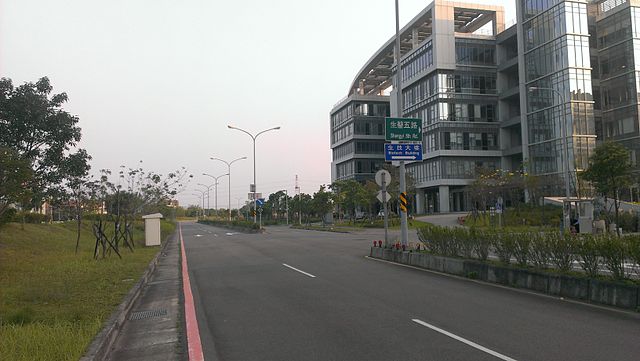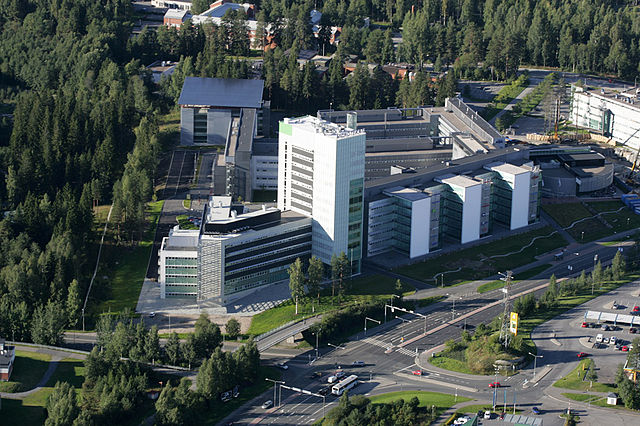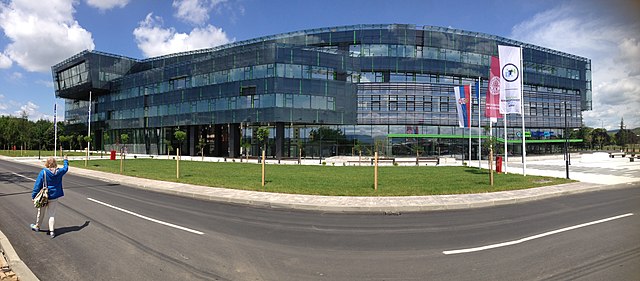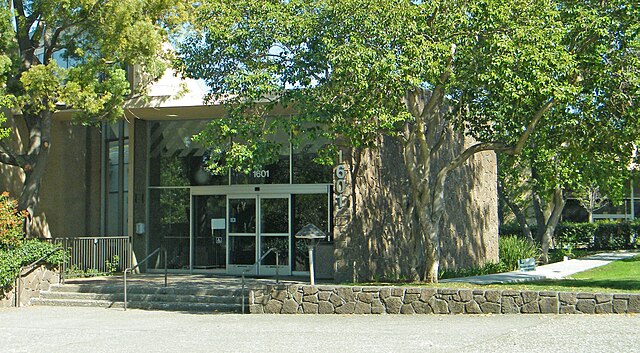A science park is defined as being a property-based development that accommodates and fosters the growth of tenant firms and that are affiliated with a university based on proximity, ownership, and/or governance. This is so that knowledge can be shared, innovation promoted, technology transferred, and research outcomes progressed to viable commercial products. Science parks are also often perceived as contributing to national economic development, stimulating the formation of new high-technology firms, attracting foreign investment and promoting exports.
Cambridge Science Park in England
Hsinchu Biomedical Science Park in Taiwan
Kuopio Science Park in Finland
Science and technology park in Niš, Serbia
Stanford Research Park (SRP) is a technology park established in 1951 as a joint initiative between Stanford University and the City of Palo Alto. It was the world's first university research park. It has more than 150 companies, including Hewlett-Packard, Tesla Motors, TIBCO and VMware; previous high-profile tenants include Steve Jobs's NeXT Computer, Xerox PARC, and Facebook. It has been called "an engine for Silicon Valley" and "the epicenter of Silicon Valley".
Facebook's former headquarters in Stanford Research Park





